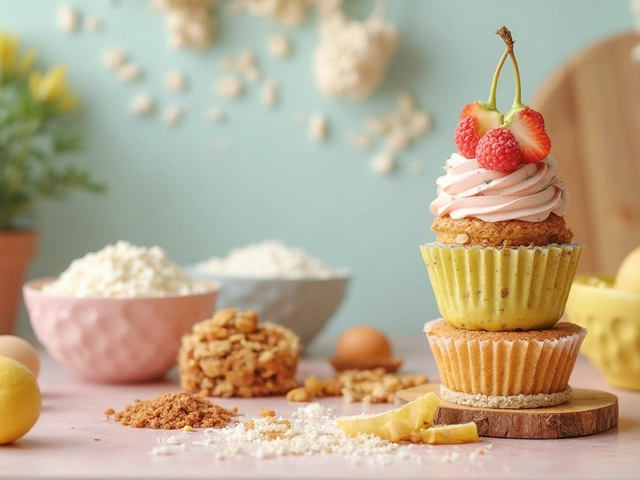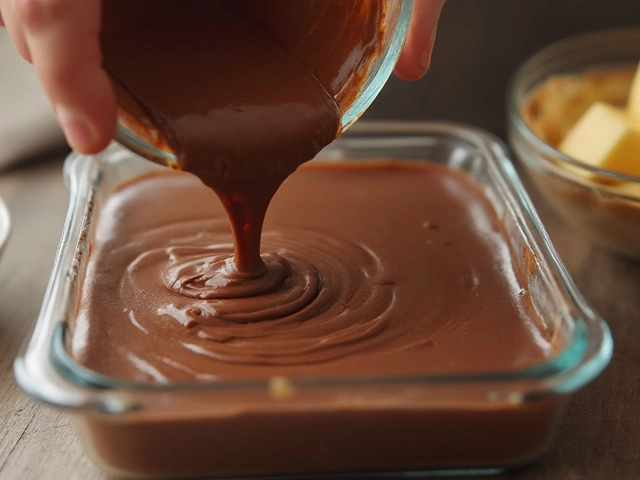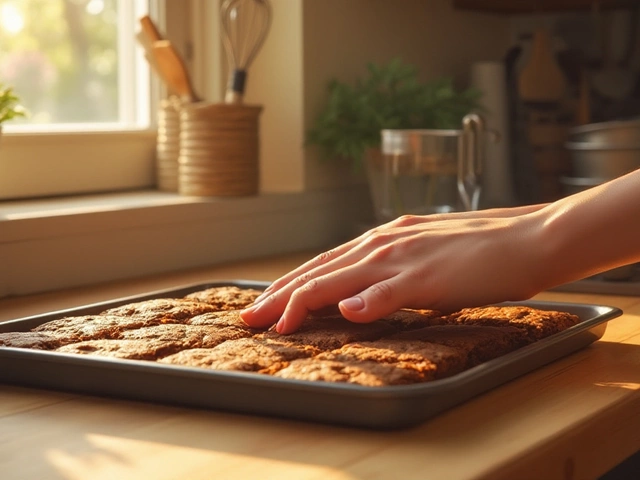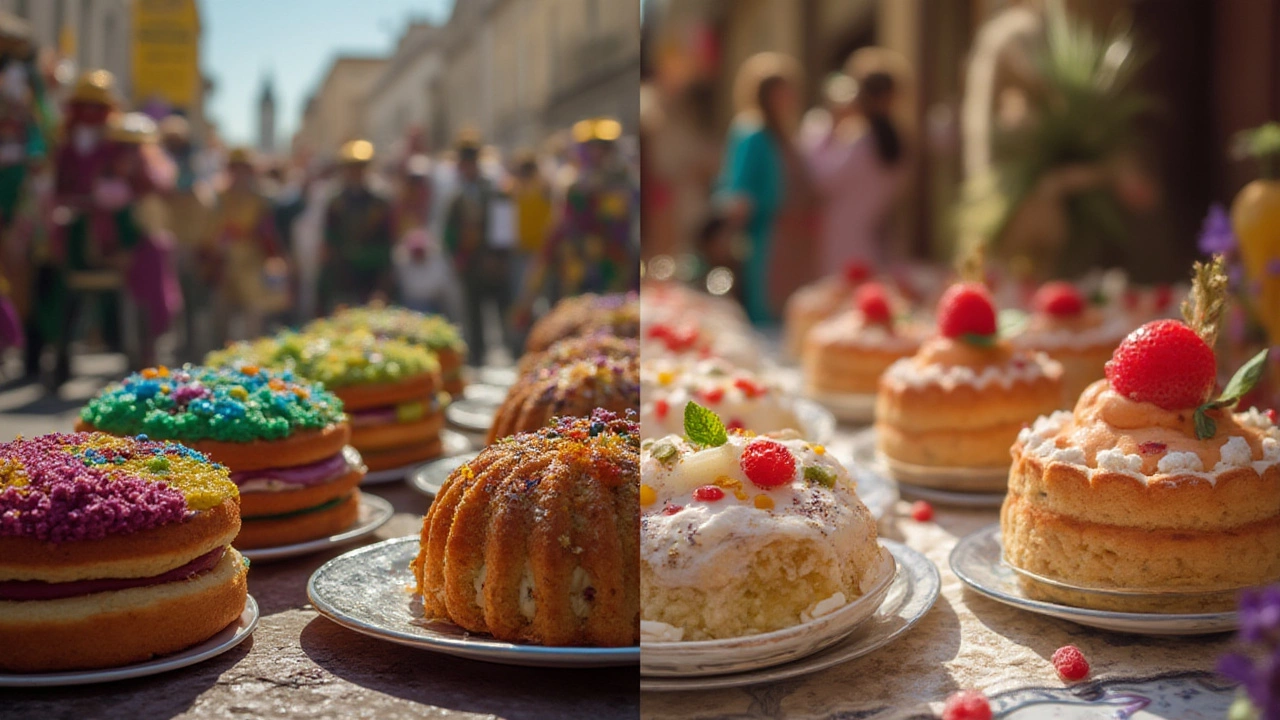
Every February, cakes and crowns start popping up on social feeds, and suddenly, people everywhere are talking about King Cake. At the same time, Queen Cake—less flashy but quietly beloved—shows up at local British bakeries or gets pulled out of grandma’s recipe box. So, why are the names so royal? And do these cakes have anything in common besides their noble titles?
The History and Traditions Behind King Cake and Queen Cake
King Cake often steals the spotlight with its outrageous colors, catchy traditions, and the game of hiding a tiny figurine inside. This cake is most famous in Louisiana, especially around Mardi Gras, but it’s no local quirk. The idea started in Old World Europe, where Twelfth Night (or Epiphany) celebrations marked the end of Christmas and the beginning of Carnival. Bakers would craft a special cake to crown a “king” for the day. By the time French settlers brought the tradition to New Orleans in the 18th century, the King Cake had picked up new flair—sugared icing in purple (justice), green (faith), and gold (power), along with the famous hidden baby. Whoever found the figurine was expected to host the next party—or at the very least, buy the next King Cake.
Queen Cake, meanwhile, sounds similarly regal but comes from an entirely different world. These dainty cakes aren’t about carnivals or crowns, but about British tea tables and home baking, especially in the north of England and Scotland. The oldest known mentions date back to the 18th century, when Queen Cakes appeared both as coin-sized cakes or as a larger, loaf-style treat. They’re often thought to be named in honor of Queen Anne, but there’s no hardly a wild story here—unless you count the Victorian obsession with miniature, elegant bakes for afternoon tea. Instead of a plastic baby, Queen Cakes are filled with currants and dusted with sugar, with a soft crumb and buttery flavor meant to be enjoyed with a cuppa rather than in a parade.
The tradition of King Cake remains closely tied to celebration and community in the American South, while Queen Cakes echo the British fondness for understated, classic comfort bakes. If you ever want to see the difference in how cake can bring people together, stand inside a bustling bakery in New Orleans in late January, then wander into a quiet, rainy Brighton tearoom in March. Completely different energies, entirely different cakes—both with stories that stretch back centuries.
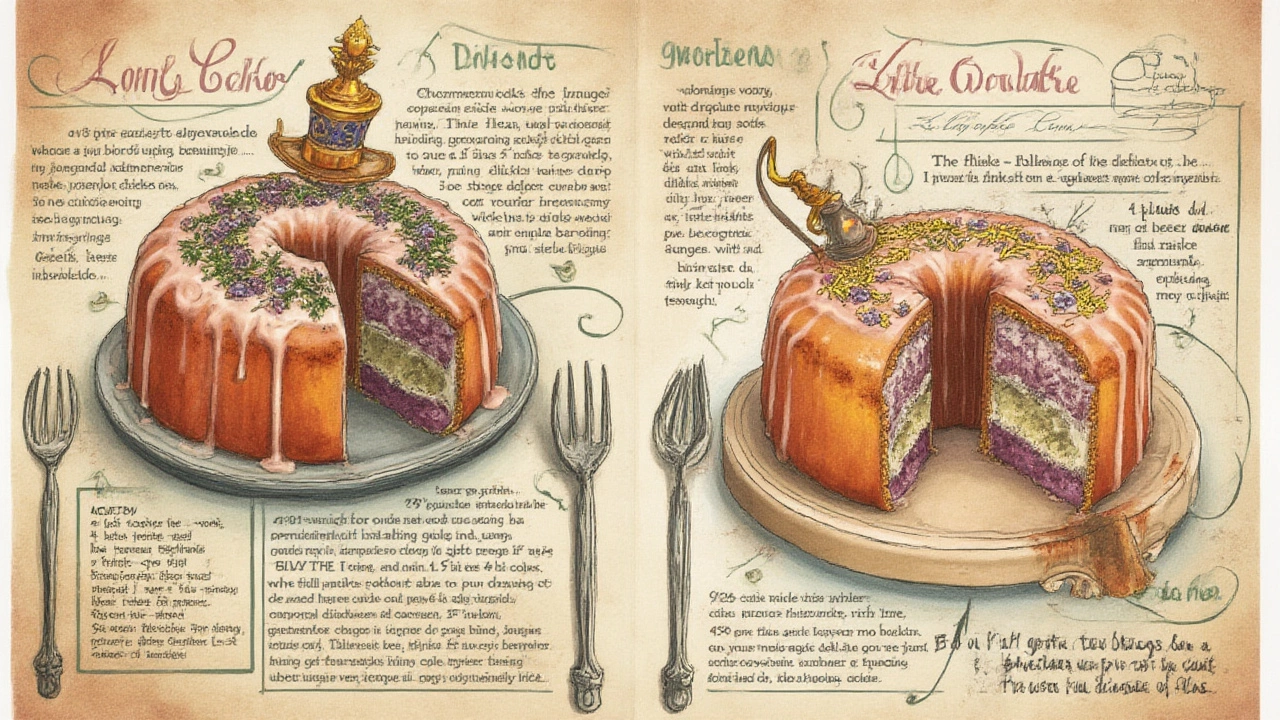
What Goes Into a King Cake vs. a Queen Cake?
Let’s start with the King Cake. What exactly is it? At its core, a King Cake is a ring of enriched yeast dough—think of brioche, but with a looser, pull-apart crumb. The dough often gets cinnamon and sugar swirled inside, then it’s braided or twisted into a circle. Once baked, you’ll find thick icing (sometimes a cream cheese glaze), while those iconic purple, green, and gold sanding sugars leave no room for subtlety. Some modern King Cakes come stuffed with cream cheese, pecan praline, or even chocolate filling. The traditional King Cake, however, keeps things simple: a sweet dough ring, a good punch of cinnamon, and the chance to find the hidden surprise inside.
Queen Cake doesn’t need all the drama. It’s more like a cross between a light sponge and a fairy cake (British-style cupcake). The standard recipe includes butter, caster sugar, flour, eggs, and a generous handful of currants or sultanas. There are rarely extravagant toppings; just a sprinkle of sugar before baking for that classic crackly finish. Some older recipes call for rose water or a splash of wine, but most modern ones stick to vanilla or almond extract. Queen Cakes rely on time-tested techniques—creaming the butter and sugar to trap air, gentle folding to keep the crumb tender, and baking in small paper cases or tartlet tins. You’ll never find a baby inside a Queen Cake, but you might find a sharp debate over the best brand of butter to use.
Here’s a useful comparison, side by side:
| Feature | King Cake | Queen Cake |
|---|---|---|
| Origin | France/Louisiana | Britain (Scotland/England) |
| Occasion | Mardi Gras/Carnival | Tea Time/Anytime |
| Main Ingredients | Yeast dough, butter, sugar, cinnamon | Butter, flour, sugar, eggs, currants |
| Shape | Ring or oval | Small round cakes |
| Topping | Coloured icing, sugar | Plain or caster sugar |
| Tradition | Hidden figurine or bean | None |
| Texture | Soft, stretchy bread-like | Light, crumbly, sponge-like |
| Serving | Large, shared | Individual cakes |
Both King Cakes and Queen Cakes have carried little tweaks and twists over the years. Some home bakers in New Orleans swap in cream cheese or fruit filling, while Brighton bakeries add lemon zest or mixed peel to Queen Cakes for extra zing. If you fancy a gluten free Queen Cake, use gluten free flour and a bit more baking powder. It works surprisingly well, just don’t overmix or the cakes get dense.

Which Cake Should You Try (and Tips for Making Them at Home)?
So, now comes the big question: which royal cake deserves a spot in your kitchen? If you’re after a party centerpiece that’s as fun to make as it is to eat, the King Cake wins every time. It’s got theatre—braiding the dough, splashing on the brightly coloured sugars, waiting for someone to find the hidden baby or bean. But it’s also a project: you’ll knead yeast dough, shape it, let it rise (twice), fill and decorate. If you’ve never worked with enriched yeast doughs before, take your time: make sure your ingredients are at room temperature, and don’t rush the rising. The first proof is key to a light crumb. If you’d like a hack, some people use pre-made brioche dough (from big supermarkets), but making from scratch brings out the best flavour and keeps tradition alive.
Queen Cake is more forgiving—and honestly more versatile. All the ingredients are standard baking staples, and there’s no yeast, no tricky shaping, no elaborate decorations. You cream, you fold, you fill the cases, and bake. The trick is not to overwork the mixture; too much stirring means tough cakes. For best results, use room temperature butter and eggs, and don’t skip the caster sugar if you can help it—the fine texture means lighter cakes. Currants are traditional, but sultanas, raisins, or even little bits of dried cherry are fair game. If you want them extra moist, soak your fruit in a splash of tea or sherry for an hour before baking. And yes, Queen Cakes adapt perfectly for gluten free or dairy free diets: just use a well-tested substitute, not a random swap.
Here are a few quirky things I’ve learned from local bakers and mates over the years:
- King Cake leftovers make incredible French toast. Slice it, soak it in eggy batter, fry, and finish with a drizzle of honey for brunch that’ll bring your mates running.
- Queen Cakes freeze brilliantly. Bake a batch, freeze, and just zap in the microwave or oven for a quick treat. Perfect for that afternoon slump.
- If you want mini King Cakes, use a doughnut pan or mini bundt tin. Kids love decorating their own—and no one fights over the baby.
- Try swapping out currants for diced apricots or cranberries in Queen Cakes for a spring twist.
- Don’t skip the icing on a King Cake. A simple glaze of icing sugar, milk, and a dash of vanilla is classic—no need for elaborate toppings.
- If you’re missing Mardi Gras in New Orleans, Brighton does its own pancake race on Shrove Tuesday. Bring a homemade King Cake to the party for instant friends.
Cake says a lot about where you’re from and what you celebrate. King Cake is loud, social, and tied to a season of joy and abundance. Queen Cakes, on the other hand, fit quietly into everyday life, providing a slice of nostalgia (and usually a good story) along with your tea. If you ever want to taste how history lingers in a bite, bake both. Serve King Cake at your next big get-together, and stash Queen Cakes for slow, sunny afternoons. Either way, you’re getting a slice of something a bit royal and a lot comforting.
Whether you lean festive or classic, the real difference isn’t about crowns or colours—it’s about how you like your celebrations. Let the king cake light up your table for Mardi Gras, and let Queen Cake be your everyday crown jewel. The real win? You get to eat both.

